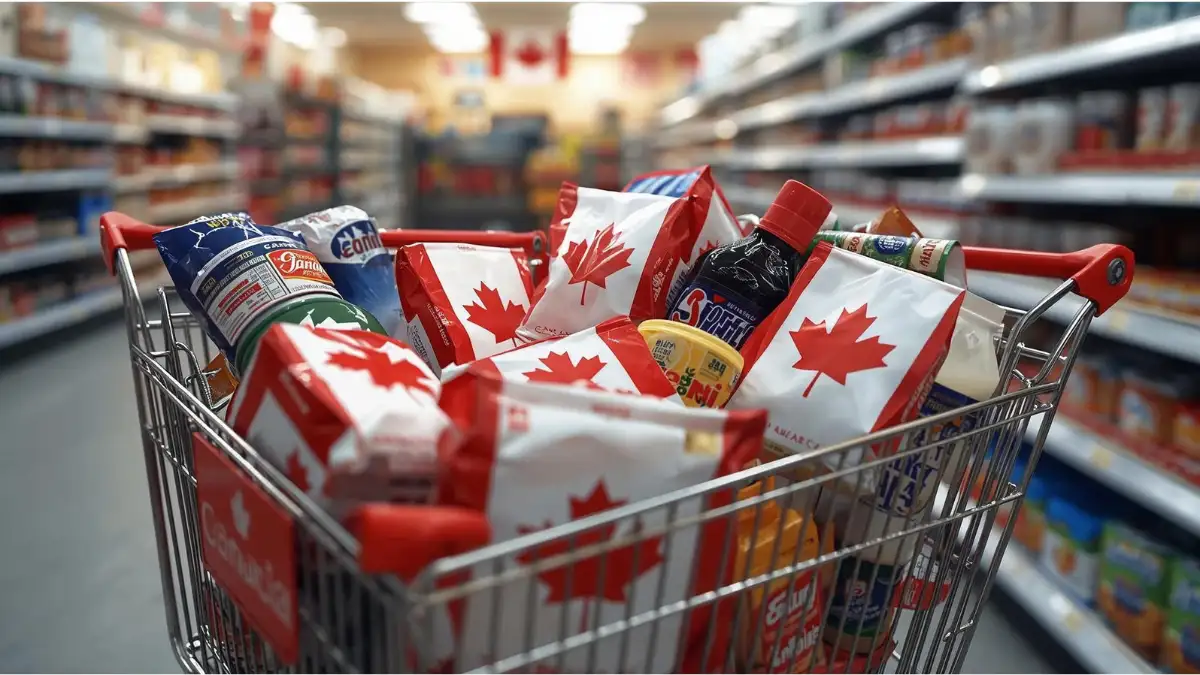A grassroots movement encouraging a widespread “Canada boycott America” campaign is rapidly gaining traction across social media platforms. The online trend sees thousands of Canadians pledging to halt cross-border shopping trips, cancel vacations to the United States, and consciously choose Canadian products over American alternatives in a bid to protest recent political and trade tensions.
The movement, largely organized under hashtags like #BoycottUSA and #BuyCanadian, appears to be a direct response to a series of contentious trade disputes and what many perceive as a shift in the historically stable relationship between the two neighboring countries. Citizens are expressing a desire to use their consumer power to make a political statement.
From Groceries to Vacations
The boycott call is multifaceted, targeting several key areas of consumer spending. A major focus is on redirecting grocery budgets, with shoppers actively seeking out Canadian-grown food and locally manufactured goods instead of popular American brands that dominate many store shelves.
Travel is another significant flashpoint. Social media is filled with accounts of individuals and families canceling planned trips to destinations like Florida and California, opting instead to explore domestic tourism options within Canada’s own provinces. This represents a potentially significant economic impact, as Canadians have long been a primary source of tourism revenue for many U.S. states.
“The goal is to show that the Canada-U.S. relationship is a two-way street,” commented Dr. Amira Singh, a hypothetical trade relations expert from the University of Toronto. “While a consumer boycott may not cripple the U.S. economy, it sends a powerful message to businesses and politicians that Canadian sentiment cannot be taken for granted. It’s a vote with your wallet.”
What’s Driving the Frustration?
The sentiment appears to be fueled by a culmination of factors, including ongoing disputes over key industries like dairy and lumber, as well as broader concerns about political rhetoric. Many participants in the online movement cite a feeling that the long-standing alliance is no longer being respected, prompting a need for economic self-reliance.
This grassroots effort differs from official government actions, representing a ground-level swell of public opinion. While Ottawa and Washington D.C. continue to negotiate at the diplomatic level, Canadian consumers are taking matters into their own hands.
The Path Forward
It remains to be seen what the long-term impact of this movement will be. While consumer-led boycotts can be difficult to sustain, the passion evident online suggests a significant portion of the Canadian public is motivated to make a change. For now, the “Canada boycott America” movement highlights a notable and growing rift in one of the world’s most integrated international relationships, with the consequences potentially being felt in checkout aisles and at border crossings in the months to come.
















Leave a Review